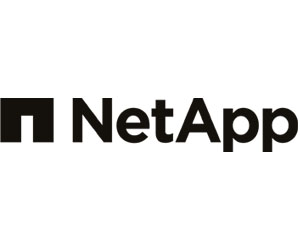BIZTECH: Why did NetApp partner with VMware?
Brick-Margelofsky: NetApp partnered with VMware because for the cloud solutions we’re talking about, there was often only one solution for storage. NetApp has been carefully building out its storage solutions and established relationships with the three primary hyperscalers: Microsoft Azure, Google Cloud and AWS.
From a technology perspective, VMware cloud datastore on AWS now utilizes NetApp first-party storage service Amazon FSx for NetApp ONTAP, which runs on the AWS platform natively and is an AWS service. It’s the first non-AWS file storage service that a third-party brought to the table in a certified data store.
BIZTECH: What are the main highlights of the partnership?
Bonura: The main takeaway is that NetApp is giving VMware customers the ability to manage their cloud storage consistently across the board. From the perspective of IT teams, this allows them to leverage a network file system (NFS) mount as if they’re using it in private clouds.
This means they don’t have to change the way they do things. Instead, they can use toolsets that they’re already comfortable with. This is how our customers take advantage of what NetApp can offer beyond the storage capability.
RELATED: Learn from VMware how a multicloud environment can support hybrid work.
BIZTECH: What are the main challenges that businesses are having as they move workloads to the cloud?
Brick-Margelofsky: Cost is one of the biggest challenges we see. NetApp allows customers an option beyond expensive storage. For example, when hyperconverged infrastructure (HCI) came out, companies could access a node of computing that had a set amount of storage, whether they needed it or not. The NetApp/VMware approach lets them procure what they need, when they need it.
Bonura: In some cases, it’s more about trying to incorporate more cloud into their strategy. Using NetApp, they can extend their environments without a lot of change, which opens the door to have additional functionality within those VM facilities. They don’t have to redesign.
BIZTECH: How will businesses benefit from this relationship between NetApp and VMware?
Brick-Margelofsky: Businesses benefit from choice and the economics that come with the ability to procure the amount of storage they need for their VMware cloud instances.
Bonura: The NetApp/VMware partnership allows enterprises to add storage without additional compute. They can now add storage incrementally. In practice, it’s no different from what they’re doing today. If they need to add another rack or shelf of storage, the can do that without adjusting current infrastructure.
Brought to you by:











